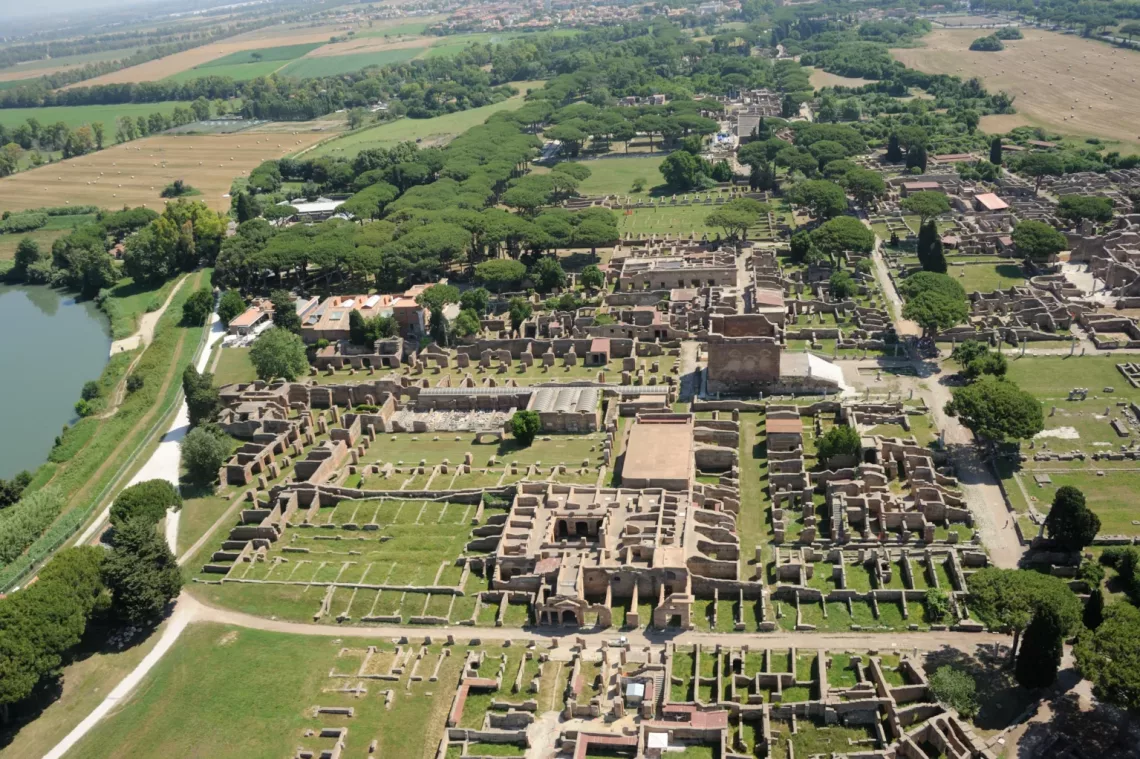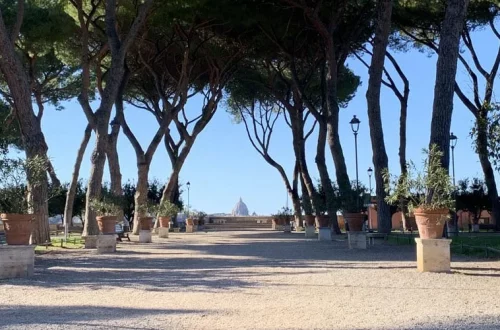
Ostia Antica Rome
A Perfect Day Wandering Through Ostia Antica, Rome’s Forgotten Port City
Just a short train ride from the chaos of central Rome lies Ostia Antica, a hauntingly beautiful archaeological site where ancient streets, mosaics, and faded frescoes whisper the everyday stories of Roman life. Once the bustling harbor city of the empire, today it’s a quiet maze of ruins, wildflowers, and birdsong — a perfect escape for travelers craving history without the crowds of the Colosseum.
Morning: Stepping Back in Time
Catch the Roma–Lido train and hop off at Ostia Antica station. A short stroll brings you to the entrance, where the ancient Decumanus Maximus stretches ahead, its paving stones worn smooth by centuries of footsteps. The silence is striking — you’re free to wander at your own pace, ducking into former bakeries, bathhouses, and apartment buildings that feel frozen in time.
One of the highlights is the Roman theatre, built in the late 1st century BCE and still occasionally hosting performances. Stand on its stage and speak — the acoustics will carry your voice effortlessly, just as they did for Roman actors two millennia ago.
Midday: A Port City’s Heartbeat
By late morning, the sun begins to warm the stones. Pause in the shade of the Forum, imagining merchants bargaining over amphorae of olive oil or sailors swapping news from distant ports. Just around the corner, the Thermopolium, an ancient snack bar with a vividly painted counter, offers a glimpse of where locals once grabbed their version of “fast food.”
For lunch, you have two options: bring a picnic to enjoy under the pines inside the site, or stroll into the charming modern village of Ostia Antica. Here, small trattorias serve fresh pasta and seafood dishes that echo the town’s maritime heritage.
Afternoon: Lost in the Backstreets
The crowds thin in the afternoon, and this is when Ostia Antica works its real magic. Wander away from the main path to find insulae, Roman apartment blocks, rising two or three storeys high, a rarity among ancient ruins. Peek at intricate black-and-white mosaics that once decorated the floors of merchants’ guilds.
If you still have energy, hop back on the train toward Ostia Lido and take a short walk along the Tyrrhenian Sea. It’s a poetic way to end the day, the same waters that carried goods, soldiers, and stories into Rome.
Tips for a Seamless Visit
-
Getting there: Take the Roma–Lido commuter train from Piramide station; the trip takes about 30 minutes.
-
What to bring: Comfortable walking shoes, a hat, sunscreen, and plenty of water.
-
Best time to go: Spring or autumn, when the weather is pleasant and wildflowers dot the site.
Ostia Antica may not be as famous as Pompeii, but its quiet streets and remarkably preserved ruins offer something rarer: the chance to explore an ancient Roman city without elbowing through a crowd. For a day, you’re not just visiting history — you’re strolling through it.
More info on Ostia Antica or the website
sponsored by Basilio 55 Rome
![]()




